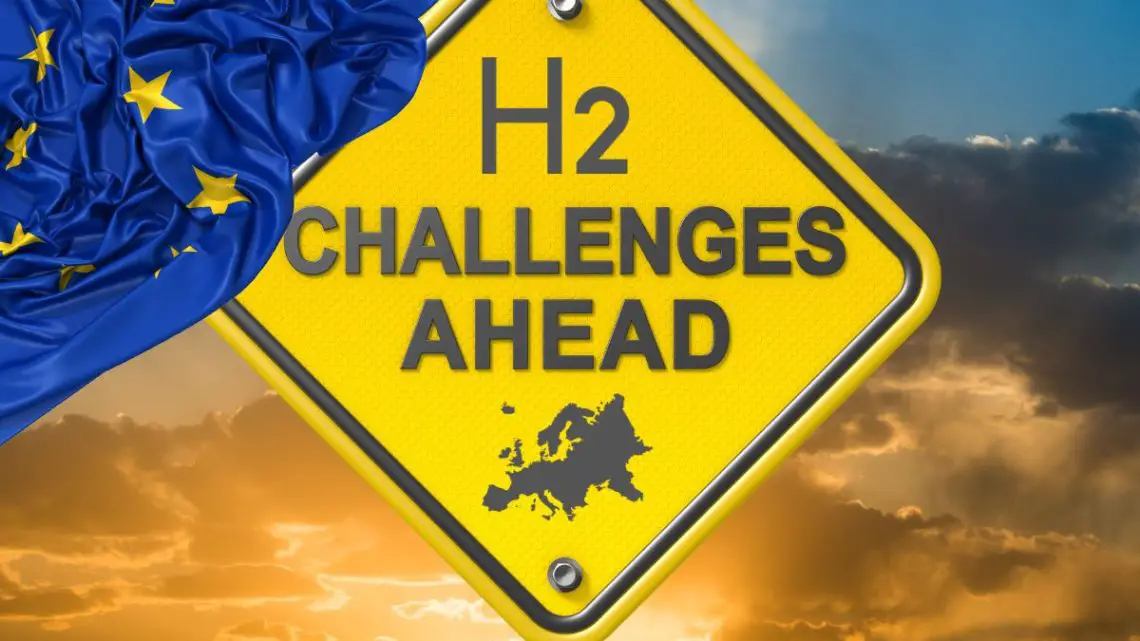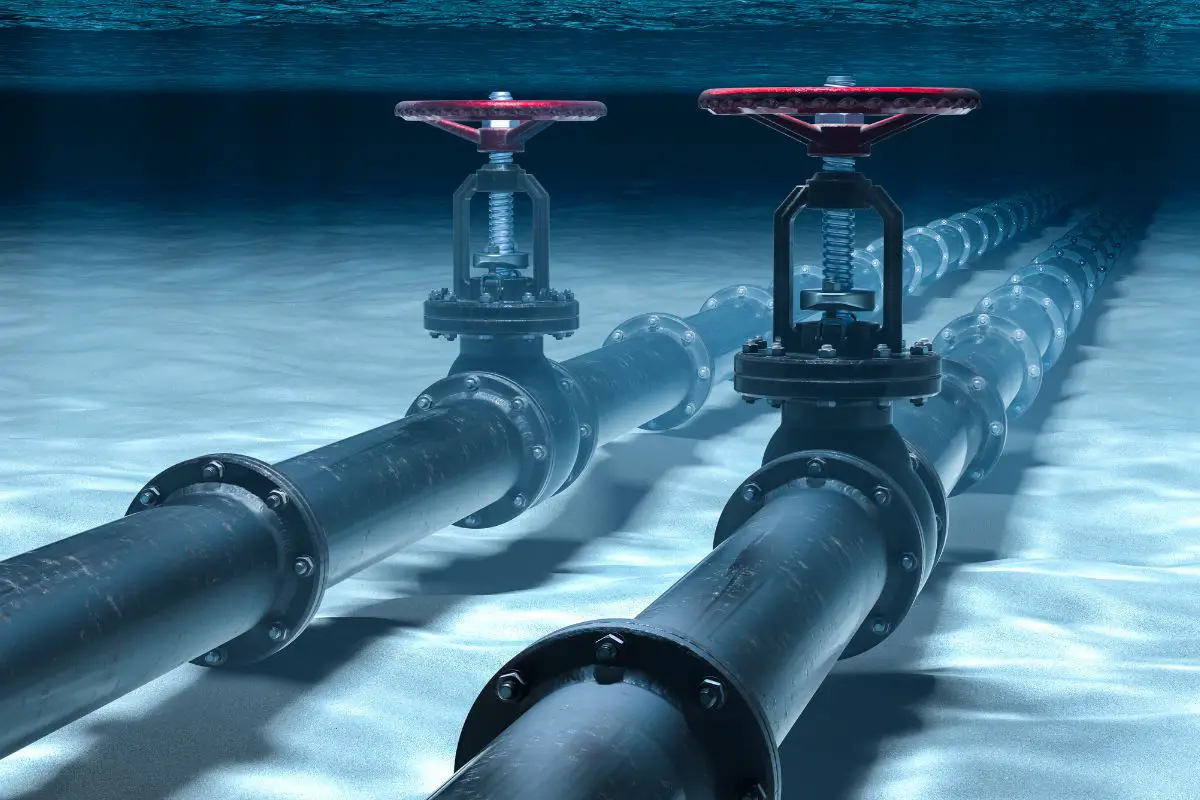
Hydrogen imports challenges could prevent the EU from meeting ambitious targets, study says
September 28, 2023The European Commission faces a challenging clean hydrogen road ahead.
According to a new study from environmental organization Clean Air Task Force (CATF), even rapidly scaling up blue hydrogen production – which scales faster than green hydrogen – will still make it challenging for the European Commission (EC) to meet its ambitious hydrogen imports targets by the end of the decade.
The EU’s goal is to secure up to 20 million tons of hydrogen per year by 2030.
Specifically, the EC’s ambitious 2030 clean hydrogen target – as part of its REPowerEU plan – includes collectively producing up to 10 million tons of domestic hydrogen annually and an additional 10 million tons per year of hydrogen imports from potential export regions.
Clean hydrogen will be necessary to decarbonize sectors hard to abate where H2 will be used as a feedstock to complete industrial processes, such as fertilizers, oil refining and methanol production, as well as emerging uses like maritime shipping, greenfield steel and sustainable aviation fuels (SAF).
To assess the suitability of different H2 transportation methods, CATF conducted a first-of-a-kind analysis, which was featured in the new report, “Techno-Economic Realities of Long-Distance Hydrogen Transport”. The study outlines the cost of hydrogen imports to the Port of Rotterdam in the Netherland (Europe’s larges seaport) from potential future hydrogen exporters.
The CATF study focused on blue hydrogen production (low-carbon hydrogen that is generated with natural gas and carbon capture) simply because it can scale more rapidly than green hydrogen (electrolytic hydrogen generated from renewable electricity), which requires abundant zero-carbon electricity and is also more costly to produce.
The study analyzed four different transportation pathways for hydrogen imports.
These four different transportation pathways, based on modelling conducted by major engineering firm KBR Inc., include:
- Pipeline transport of gaseous hydrogen from Algeria and Norway
- Maritime transport of liquid hydrogen
- Maritime transport of cracked and uncracked ammonia
- Maritime transport of liquid organic hydrogen carriers from Norway, the Arabian Gulf, North America and South America

From their analysis, CATF found the following:
- Hydrogen imports over long distances will be costly and relatively inefficient, regardless of whether the transportation is carried out via ship or pipeline, due to hydrogen’s low volumetric energy density and other physical properties.
- When hydrogen is transported by liquid carriers such as ammonia, this incurs a sizeable (and costly) energy penalty at the point of import when freed (ammonia cracking), and this will likely remain a challenge even if scale and technical improvements are made.
- Transporting hydrogen via pipeline consistently showed to be the most cost-effective option in the short and long term.
- Transporting “uncracked” ammonia is the most cost-effective pathway to transport hydrogen molecules, even trumping pipeline delivery of pure gaseous hydrogen (although the product delivered isn’t the same).
Transporting low-carbon hydrogen by sea has many challenges.
 The study notes that “Hydrogen demand forecasts should be re-examined to develop more realistic estimates.” It adds that any hydrogen imports into Europe “must be truly low-carbon and climate-beneficial. To ensure these criteria are met, the European Union urgently needs to implement a credible and consistent international system for certifying clean hydrogen.”
The study notes that “Hydrogen demand forecasts should be re-examined to develop more realistic estimates.” It adds that any hydrogen imports into Europe “must be truly low-carbon and climate-beneficial. To ensure these criteria are met, the European Union urgently needs to implement a credible and consistent international system for certifying clean hydrogen.”
Moreover, currently, certain policy targets, including the EC’s goal of supplying the European market with 20 million tons per year of clean H2 by 2030, are lacking clarity.
“Realistic projections, grounded in thoughtful analysis, are critical to designing effective and ultimately successful policies,” the study said.
Ready to test your knowledge on the most abundant element in the universe? Take our fun and engaging Hydrogen Quiz now!



 HFN News is your leading source for fresh hydrogen and renewable energy updates. Amid the fast-paced growth of hydrogen companies, we provide top-notch news and insights about this exciting sector. Our coverage spans from hydrogen cars to global sustainable initiatives, and we highlight the latest in green jobs and developing hydrogen hubs. We invite you to share your local hydrogen news and explore today’s renewable energy job listings on our site. Thanks for choosing HFN News as your trusted guide to the hydrogen and renewable energy world!
HFN News is your leading source for fresh hydrogen and renewable energy updates. Amid the fast-paced growth of hydrogen companies, we provide top-notch news and insights about this exciting sector. Our coverage spans from hydrogen cars to global sustainable initiatives, and we highlight the latest in green jobs and developing hydrogen hubs. We invite you to share your local hydrogen news and explore today’s renewable energy job listings on our site. Thanks for choosing HFN News as your trusted guide to the hydrogen and renewable energy world!
